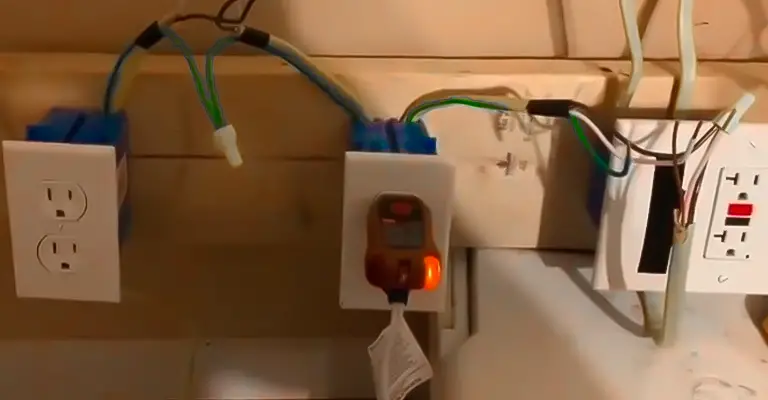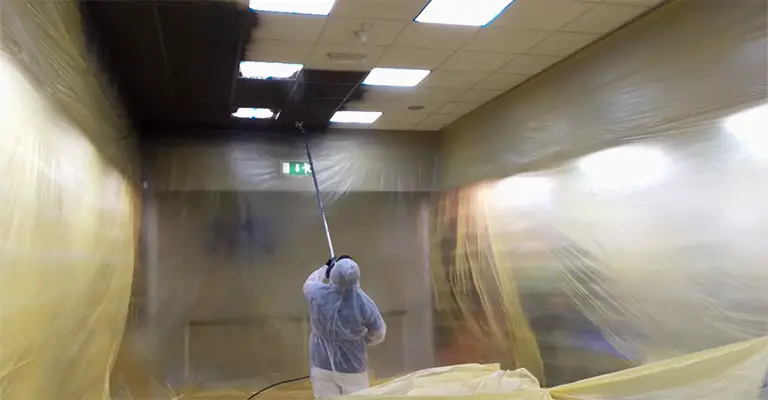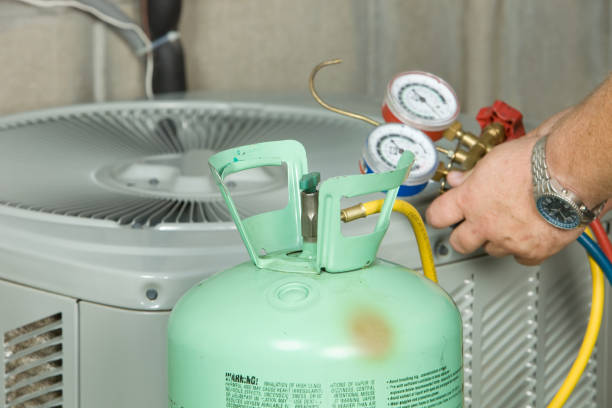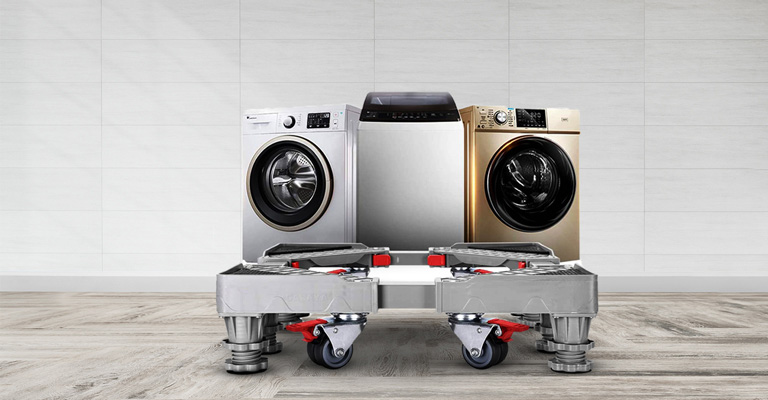How Do Hot and Ground Get Reversed?
“Hot and ground reversed” is one of the diagnostic results of a receptacle tester. The primary reason behind this type of signal showing is because of the neutral being open.
As a result, the load does not get the supply and turning on the load, the tester will give the “hot and ground reversed” reading. Although this issue is not much common, such a problem of the outlets must be dealt with as early as possible.
How Do Hot and Ground Get Reversed?
A hot-ground reversed is the situation of an outlet where the connection of the hot wires and ground wires have been crossed or reversed. Normally this is an occurrence you will rarely see in your home. However, the problem is a bit more complex than when it comes to diagnostic readings indicated by an outlet tester.
What “Hot and Ground Reversed” Actually Means
Your output or receptacle tester may show many diagnostic results. One of them is probably “hot and ground reversed”. This simply means the hot wire in the system is connected where the ground should be connected and the ground wire is connected where the hot wire is supposed to be connected.
If there is a hot and ground reversed, it usually indicates the absence or problem with the neutral conductor in your system. If the neutral conductor is burned out or loose, turning on the load will result in the diagnostic reading “hot and ground reversed” in the outlet tester.
Hot and ground reversed outlets are a shock hazard. Although fortunately enough, they rarely happen in practice. However, this phenomenon is still indicated in an outlet tester because of how these instruments work. If your tester is giving such a reading, the neutral conductor might need replacement or it could need some gentle tightening.
How It Happens
The intricate term “hot and ground reversed” implies that the ground wire is energized with 120 volts while the hot wire is grounded. This would result in a short circuit. However, there are still some configurations that can cause a receptacle tester to give such an indication without shorting out.
For instance, with an open neutral line upstream of a faulty tester while a load such as a lamp was plugged into that particular tester or another outlet tester downstream. As the neutral is open, it would block the current flow, keeping the light bulb from lighting.
Therefore, the light cannot cause a voltage drop. Rather, it works as an interconnection between the hot and the neutral slots of the outlet. It energizes the two of them at 120 volts. This is what the receptacle tester identifies as “hot and ground reversed”.
Alternatively, it can be said that the load will act like a conductor supplying the 120 volts to the neutral side of the load. The 120 volts will travel through the neutral side of the cord and then back to the outlet. Lastly, it will apply the 120 volts to the neutral part of the outlet.
As the two slots are interconnected through the load, both hot and neutral slots will be at 120 volts. If the outlet is properly wired, the ground should be at zero volts.
What Happens If Neutral and Ground Are Reversed
Firstly, you have to measure the hot-to-neutral and hot-to-ground voltages under load conditions. That is how you check for the reversed neutral and ground wires. Once you are done, you should see that the hot-to-ground reading is higher than the hot-to-neutral reading. The difference increases with the increase in load.
However, if the hot-to-neutral voltage measured under load is greater than the hot-to-ground voltage, then you must know that the neutral and the ground are reversed. This should be corrected immediately as it might expose you to shock hazards.

What Happens If Hot and Neutral Are Reversed
Among the most common miswiring conditions, reversed hot and neutral wires is one. For an electrical circuit to properly work, all its wires must be connected according to the supply current to the load. The receptacle tester will diagnose “hot and neutral reversed” if the hot wires and neutral wires are reversed.
Although, measuring hot-to-neutral voltage by itself does not tell you if those wires are reversed not. To know for sure, you must measure the neutral-to-ground or the hot-to-ground voltage. If we assume the neutral-to-ground to be 120V and the hot-to-ground is a few volts or less, then it can be said that the hot and the neutral wires are reversed.
Frequently Asked Questions
What happens when a hot wire touches a ground wire?
If the hot wire touches the ground wire, you will see an exciting spark and a rush of current flowing the hot wire to the ground. Therefore, if a circuit breaker or other protection device does not open, things will most likely explode or catch on fire.
What does open hot mean?
An open and hot wire simply means the wire has come loose from the circuit and is not connected to the power supply anymore. Normally, it is seen where the outlets are not giving power. This is something you will want to fix as quickly as possible to prevent electrical hazards.
Conclusion
Understanding the complexities of electrical systems, particularly the issues surrounding hot and ground wires, is crucial for maintaining safe and efficient electrical wiring in your home. A hot ground reverse situation occurs when the hot and ground wires are incorrectly connected, leading to potential safety hazards. This problem often arises due to a broken neutral or a misconnection at the neutral bus or hot terminal. It’s essential to ensure that all connections in the same circuit are correctly made to avoid such risks.
Moreover, the role of the neutral wire in the electrical system cannot be overstated. It serves as a critical component in completing the circuit and providing a return path for electrical current. A broken neutral can disrupt the entire electrical system, leading to serious issues like hot ground reverse. Therefore, regular inspections and maintenance of electrical systems, including the neutral wire, neutral bus, and hot terminal, are key to preventing these problems and ensuring the safety and efficiency of your home’s electrical wiring.
Remember, when dealing with electrical systems, it’s always best to consult with a licensed electrician to handle any issues related to hot and ground wires, neutral wire, and overall electrical system maintenance. Although the “hot and ground reversed” is not that common in home outlets, a receptacle tester can show such results at times as described above. Regardless, it is an issue that must be dealt with at the earliest notice.
You can also read about ‘Reasons and fixes of an outside outlet not working‘.






